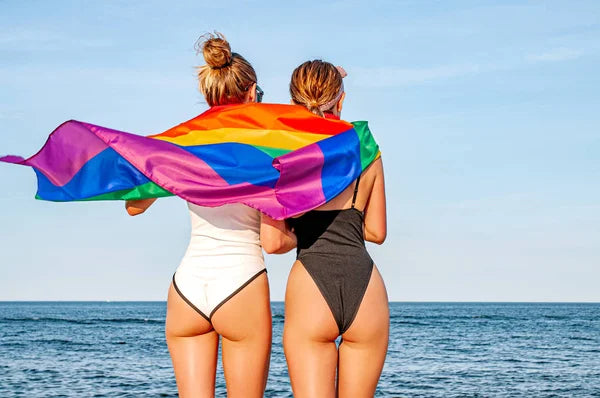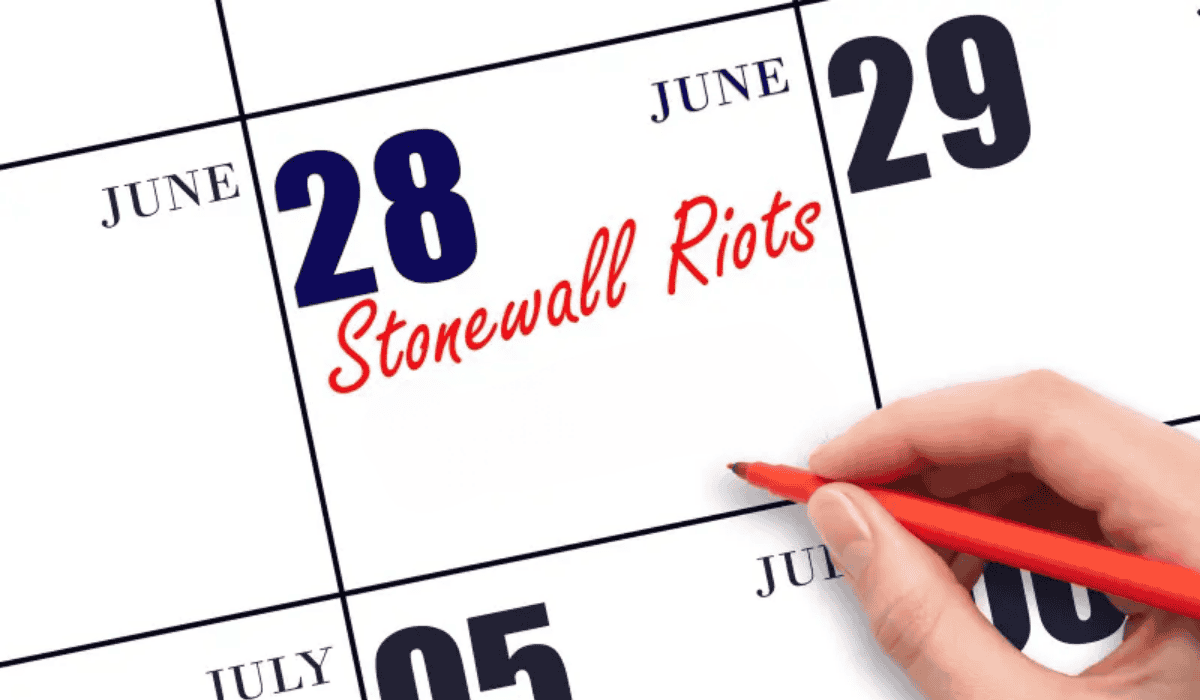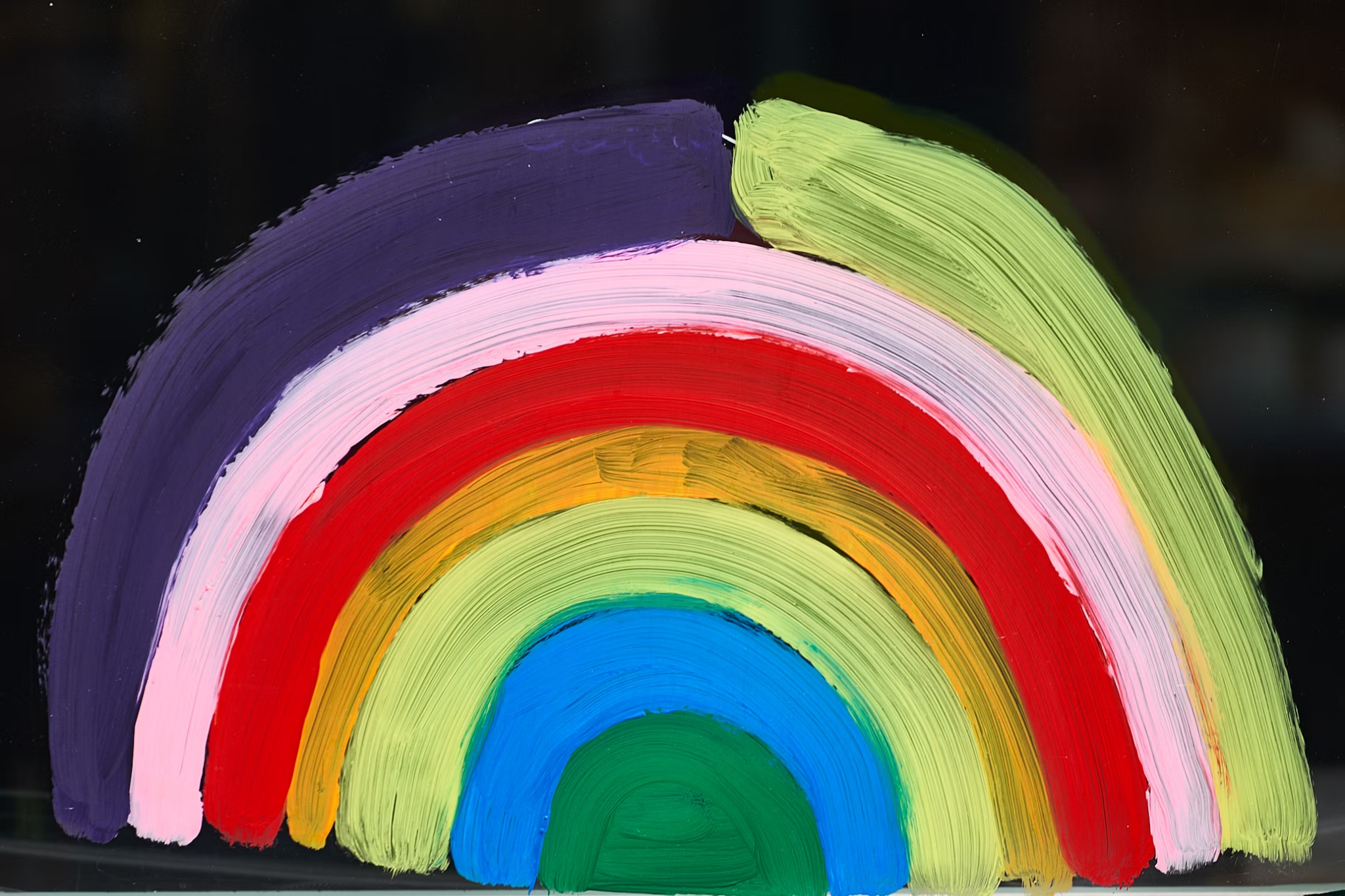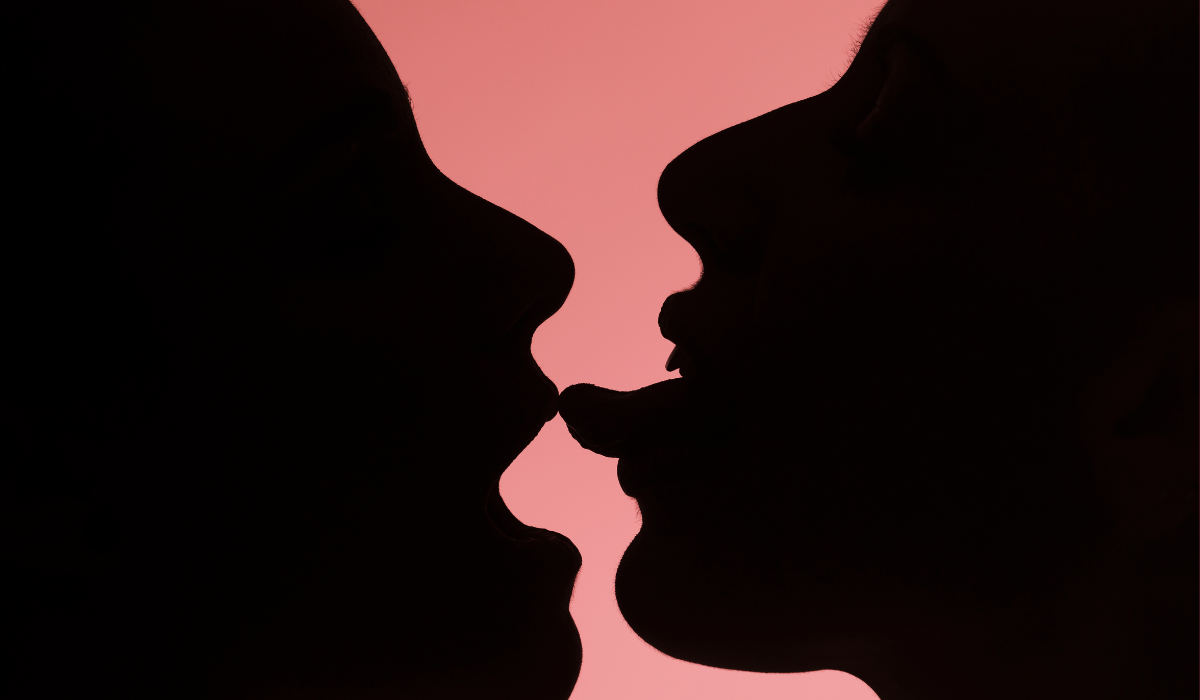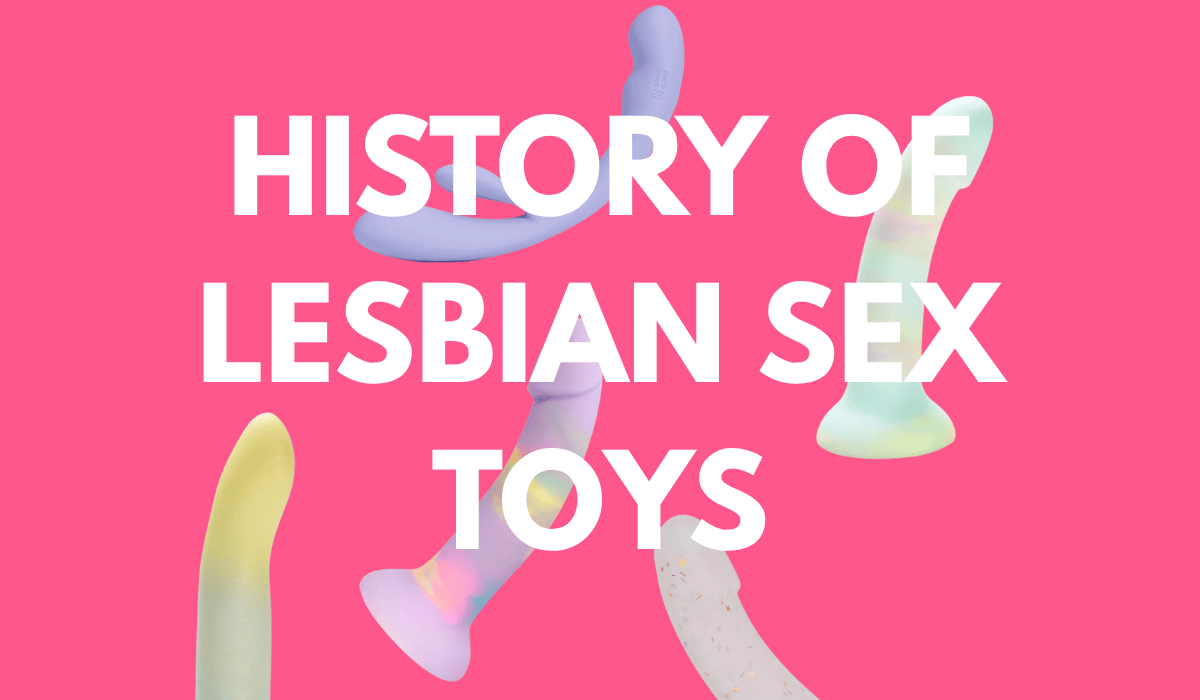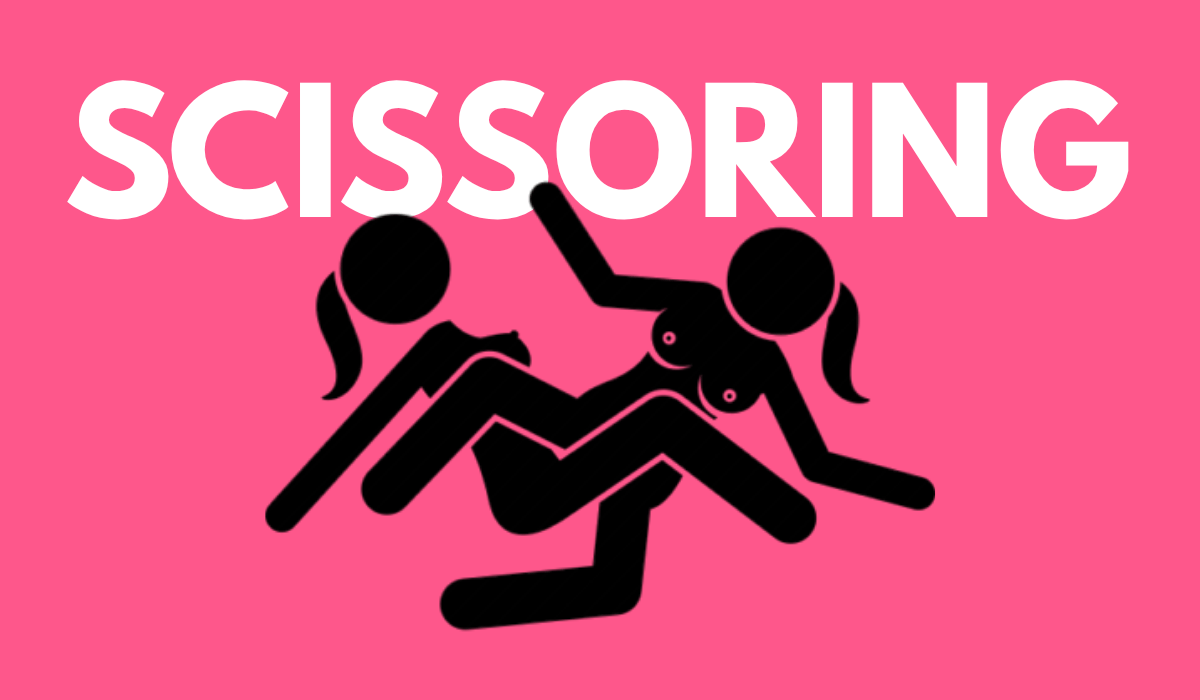Sapphic is an umbrella term that includes lesbian, bisexual, and pansexual people across the gender spectrum. It goes beyond just sexuality—it reflects a deep, queer love for women and femmes. Whether you’re a cis woman, nonbinary, or trans, if ‘sapphic’ feels like home, it’s yours to claim.
Introduction to Modern Lesbian Identity Labels
Understanding who we are and how we love is deeply personal. In today’s queer community, there are many ways to express that love, especially for people who are attracted to women.
Terms like WLW, sapphic, lesbian, and queer girl help us connect, explore, and be seen. If you’re just beginning your journey or curious to learn, this guide is here for you.
What Does WLW Mean?
WLW stands for “women loving women.” It's used by women and femmes who feel romantic or sexual attraction to other women. The term includes lesbians, bisexual, and pansexual women—really anyone who feels that “woman loving woman” fits.
WLW meaning has become more popular on TikTok and social media. Some people confuse it—one TikTok user @ihatebodhi joked it meant “winners love winning.” But WLW is all about connection and love between women and non-men.
Some believe WLW dates back to the Harlem Renaissance when Black queer women used the phrase to describe their relationships. While we don’t have full proof of this, the term may have roots in the Black community.
Today, WLW helps people feel seen without needing to use a more narrow label like “lesbian.”
The Cultural and Linguistic Roots of WLW
Some people say WLW might be part of African-American Vernacular English (AAVE), while others aren’t sure. What’s clear is that it could have been used as code—a way to say “I’m into women” without saying it directly.
This kind of coding helped queer people stay safe, especially in times when being out wasn’t safe. WLW has similarities to clinical terms like MSM (men who have sex with men) or WSW (women who have sex with women), but it’s less about sex and more about love.
Sapphic: A Poetic and Expansive Term
Sapphic is another word you might hear in queer spaces. It comes from the ancient Greek poet Sappho, who lived on the Isle of Lesbos and wrote beautiful poems about love between women. That’s actually where the term lesbian comes from too!
Today, the term sapphic is used as an umbrella term. It includes not just lesbians but also bisexual and pansexual cis women, trans femmes, trans mascs, and nonbinary people who are attracted to women or femmes.
Sapphic vs Lesbian: Understanding the Differences
Let’s talk sapphic vs lesbian. These terms overlap, but they’re not the same.
A lesbian is usually a woman who is attracted only to other women. Sapphic, on the other hand, is broader. It can include people who are not only attracted to women, or who don’t identify as women themselves.
Someone might not call themselves a lesbian but still feel deeply connected to sapphic love. It’s about that vibe, that connection, that heart-flutter you feel when you're with or thinking about another woman or femme.
Who Can Identify as Sapphic?
The short answer: anyone who feels sapphic fits them. You don’t have to be cisgender. Sapphic includes nonbinary people, trans men, transmascs, trans femmes, and women of many sexual orientations. It’s a flexible, welcoming label.
What matters most is how you feel. If “sapphic” speaks to your heart, it’s yours to use.
Queer Girl Meaning and Usage
So, what does “queer girl” mean? It’s a term that some use to describe themselves as a girl or femme who is queer—meaning not straight and not fitting into typical gender or sexuality boxes.
The word “queer” has a rough history. It was once used as an insult. But now many LGBTQ+ people have reclaimed it.
A queer girl might be a lesbian, bi, pan, or something else entirely. It’s a way to express fluidity and pride in not being straight or cisgender.
LGBTQ+ Inclusivity in Language
When using words like WLW, sapphic, or queer, the most respectful thing to do is ask someone what they prefer. Everyone’s identity is unique. Some people love the label “lesbian,” while others don’t. There’s no right or wrong—only what feels true to each person. Inclusive language helps us create a world where everyone feels like they belong.
Lesbian Identity Beyond Stereotypes
The label “lesbian” is powerful. But it's also been boxed into narrow ideas over time. Some people think being a lesbian means rejecting men. But many modern lesbians say it’s more about centering love for women and femmes—not about who they exclude, but who they embrace.
Lesbian identity, like all identities, can be joyful, political, romantic, and soft. It can mean different things to different people.
The Rise of WLW, Sapphic, and Queer Terms Online
Thanks to platforms like TikTok and Instagram, terms like WLW and sapphic have spread quickly. Hashtags like #wlw and #sapphic help people find others like them.
Young queer folks especially are using these terms to explore who they are. Online spaces have become a powerful place for identity discovery and support.
Embracing Fluidity in Sexual Orientation
Sexuality is a spectrum. Some people feel very sure about their label, while others shift over time. That’s okay.
Labels like WLW, sapphic, and queer girl can help us feel seen, but they’re not cages. You can change, evolve, or drop a label whenever you want. What matters most is that you feel free to be yourself.
The Importance of Community and Belonging
One reason these labels are so powerful is because they help us find community. When you say “I’m WLW” or “I’m sapphic,” others who feel the same way might recognize you and say, “Me too.” These terms are more than words—they’re about finding home in each other.
WLW and Dating Culture
Dating apps often let you pick labels like WLW, lesbian, or queer. These help you find people who match your vibe.
For some, “WLW” feels more inclusive than “lesbian.” It says, “I love women,” without getting too specific. That’s helpful for people whose identities are still shifting—or who don’t like tight boxes.
Academic and Social Critiques of Identity Terms
Scholars of gender and sexuality remind us that language is political. Terms like WLW, sapphic, and queer can include or exclude, depending on how they’re used. The goal is to be open, curious, and kind. There’s no perfect label. Just words that help us feel a little more at home in ourselves.
Conclusion: Choosing the Labels That Fit You
Whether you’re exploring “wlw meaning,” wondering about “sapphic vs lesbian,” or figuring out the “queer girl meaning,” the answer is simple: you get to choose what feels right.
Labels can be powerful tools. They can guide us, protect us, and connect us. But you’re more than any word. You’re a whole, evolving person. Pick the label that lights you up. Or don’t use one at all. It’s your journey.
At SAPHETTE, we believe queer intimacy deserves products that are as thoughtful, inclusive, and affirming as the people who use them.
As a lesbian-owned sex toy brand, we design for women loving women, sapphic individuals, and queer femmes—centering our lived experiences in every curve, material, and detail.
We’re not just creating best lesbian sex toys; we’re building sex toys for connection, safety, and joy. SAPHETTE exists to celebrate queer love in all its forms—designed by us, for us.
FAQs
What’s the difference between WLW and lesbian?
WLW includes all women or femmes who love women, including bisexual, pansexual, and queer women. “Lesbian” usually means a woman attracted only to other women.
Can nonbinary people use the label sapphic?
Yes! Sapphic is a gender-expansive term. Many nonbinary people who love women or femmes identify as sapphic.
Is “queer girl” a label only for cis women?
Not at all. Queer girl can be used by any feminine-aligned person who identifies as queer. That includes trans femmes and nonbinary folks.
Where did the term WLW come from?
Some believe WLW started in the Black community during the Harlem Renaissance. But it's grown and evolved, especially through online queer spaces.
Do I have to use a label like sapphic or WLW?
Not at all! These labels are here to help you if they feel right. If they don’t, you don’t have to use them. Identity is deeply personal.





